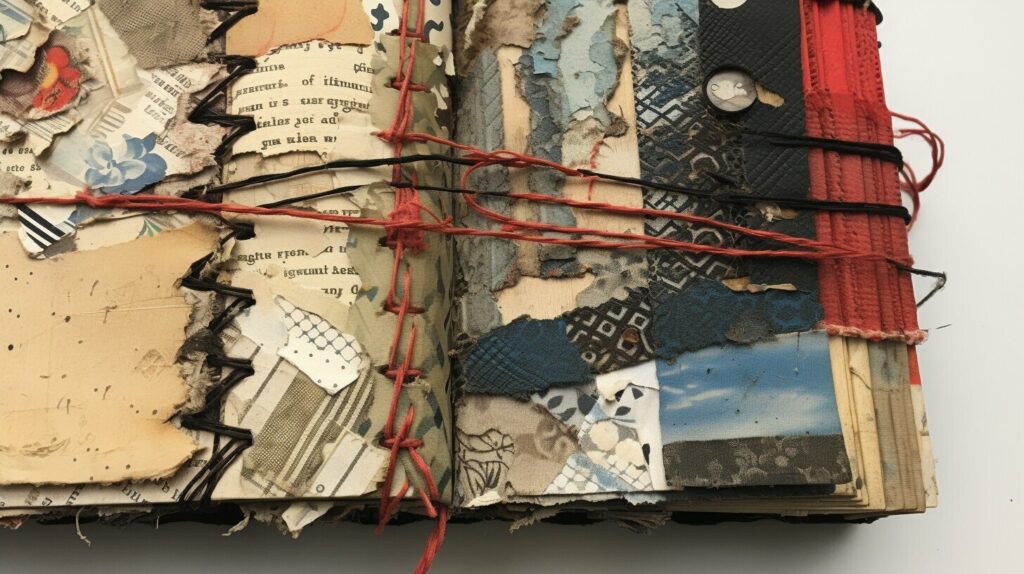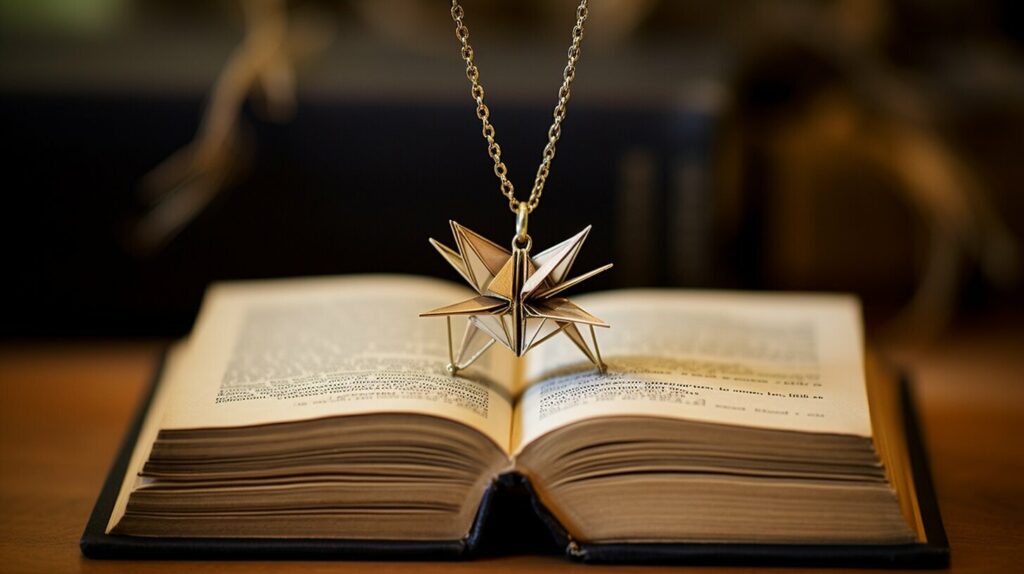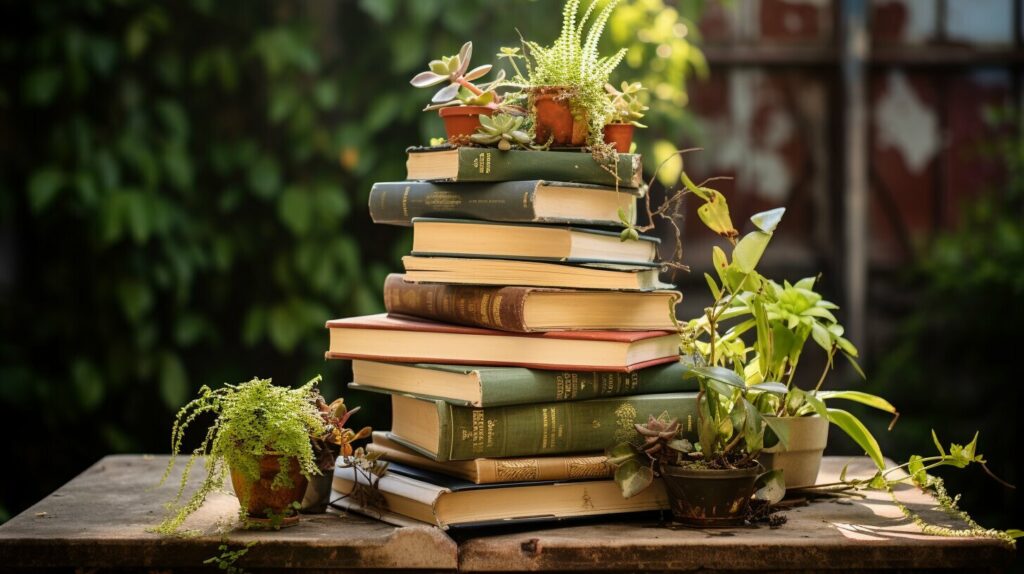As an avid reader, I often find myself accumulating books at a faster pace than I can read them. Over time, my bookshelves become cluttered and overflowing with novels, non-fiction, and dusty old tomes that I no longer have any use for. Instead of letting them gather dust or throwing them away, I have found creative ways to repurpose, donate, or even upcycle old books.
In this article, I will share my favorite ideas for repurposing old books, selling or donating them, and even creating DIY crafts and fashion accessories from their pages. I will also explore the environmental benefits of recycling books and highlight the importance of finding sustainable solutions for our beloved literature.
Key Takeaways: What to Do with Old Books
- Old books can be repurposed into decorative objects or functional items like shelves or planters.
- There are many options for selling old books, from online marketplaces to local bookstores.
- Donating old books to libraries or schools is a great way to give back to the community.
- DIY crafts with old books are a fun and creative way to reuse their pages.
- Book exchange programs allow readers to trade their old books for new ones.
- Upcycling old books into journals, jewelry, or fashion accessories is a unique way to give them new life.
- Creative book storage solutions can accommodate a book collection without taking up too much space.
- Old books can expand our knowledge and understanding of different subjects.
- Recycling books can help reduce landfill waste and conserve resources.
Repurposing Old Books
One of the most creative ways to reuse old books is to give them a new life by repurposing them into decorative objects or functional items. Here are some innovative ideas to get you started:
Making Book Art
If you’re an art lover, you can turn your old books into beautiful art installations. Cut out interesting shapes or designs from the pages, such as flowers, animals, or abstract shapes, and create your own collage. You can even frame your artwork and hang it on the wall for a unique decoration.
DIY Book Shelves
Transform your old books into functional bookshelves by stacking them horizontally or vertically. Secure the books together with glue, and add a wooden or metal rod to hang them on the wall. This is a great way to showcase your favorite books while adding a touch of vintage charm to your home decor.
Planters
Looking for a unique way to display your plants? Cut out the center of an old book, leaving a border of about an inch or two. Then, line the inside with plastic and fill it with soil and your desired plants. The result is a charming and quirky planter that you can enjoy all year round!

Repurposing old books is not only eco-friendly but also a way to show your creativity and add a personal touch to your home decor. So, before tossing out your old books, consider giving them a new life with these fun and innovative ideas!
Selling Old Books
Are you looking to declutter your home and make some extra cash? Selling your old books can be a great solution. Here are some tips and platforms to help you get started:
| Platform | Pros | Cons |
|---|---|---|
| Online Marketplaces such as Amazon, eBay, or AbeBooks | – Wide reach – Easy to set up – Can sell books at a competitive price |
– Need to handle shipping – May take a commission from the sale – Competition with other sellers |
| Local Bookstores | – Support local businesses – No shipping required – May offer store credit or cash for books |
– May only accept certain genres or conditions of books – May offer lower prices than online marketplaces |
| Garage Sales or Flea Markets | – Sell books in a fun and social environment – No shipping required – Can negotiate prices with buyers |
– Limited reach – No guarantee of a sale – Need to organize and promote the sale |
If you decide to sell your books online, make sure to price them competitively and accurately describe their condition. Consider offering free shipping to attract buyers. Don’t forget to research the market value of your books to set a fair price.
If you prefer to sell your books locally, check with your nearby bookstores or libraries to see if they accept book donations or buy used books. You can also host a garage sale or participate in a flea market to sell your books in person.
Regardless of the method you choose, selling old books can not only help you declutter your home, but also earn some extra cash to use or invest elsewhere.

Donating Old Books
Donating old books is a great way to share your love for literature with others. Before you start donating, consider sorting through your books to ensure they are in good condition and suitable for donation. Books that are water-damaged, torn or heavily marked up may not be accepted by all donation centers.
You can donate your books to a variety of organizations, such as local libraries, schools, and book donation centers. Goodwill and The Salvation Army are also great options for donating books. In addition, there are several online platforms that allow you to donate books, such as bookcrossing.com and paperbackswap.com.
Did you know: Many bookstores also accept book donations and may offer store credit or discounts on future purchases in exchange for your books. Contact your local bookstore for more information.
Donating your books not only benefits those who receive them, but also helps reduce waste and conserve resources. By keeping books in circulation, we reduce the need for new books to be produced, which in turn helps to reduce our impact on the environment.

If you’re not sure where to donate your books, check out this list of book donation centers by state:
| State | Donation Center | Contact Information |
|---|---|---|
| New York | The New York Public Library | https://www.nypl.org/help/getting-oriented-donations |
| California | The Salvation Army | https://satruck.org/donation-value-guide |
| Texas | Goodwill Industries International | https://www.goodwill.org/donate/donate-books/ |
Book Donation Centers
“Donating books is a simple way to make a difference in someone’s life while also benefiting the environment.”
DIY Crafts with Old Books
If you are a DIY enthusiast like me, you’ll be excited to know that old books make great crafting materials. Here are a few of my favorite DIY ideas to transform old books into beautiful creations:
Paper Flowers
These lovely, delicate blooms add a touch of whimsy to any space. Cut pages from an old book into petals, then fold and glue them together to create a lifelike flower. Secure the flowers to stems made from wire or twigs and display in a vase.
Bookmarks
Use old book pages to make unique, custom bookmarks. Cut the pages into strips, then decorate with stamps, stickers or markers. Laminating the bookmarks will help preserve them.
Lampshades
Give an old lamp a fresh look by covering the shade with book pages. Cut the pages to fit the shade and attach with double-sided tape or glue. For a cohesive look, use pages from the same book.

Decoupage Projects
Decoupage is a fun and easy way to personalize everyday items with book pages. Cut out pages to fit the surface of your choice, such as a tray or a box, and adhere with Mod Podge or other decoupage medium. The end result is a one-of-a-kind piece that showcases your love of books.
These are just a handful of the many creative ways to use old books in DIY projects. Get inspired and let your imagination run wild!
Book Exchange Programs
If you’re an avid reader like me, you probably have a lot of books lying around that you’ve already read and don’t plan on keeping. Rather than throwing them away, consider participating in a book exchange program! These programs allow you to trade in your old books for new ones, without having to spend any money. It’s a great way to refresh your book collection and discover new authors and genres.
One popular online book exchange program is Paperback Swap. Here, you can list the books you’re willing to swap and browse through other members’ collections. When you find a book you’re interested in, you can request it and send one of your own books in exchange. Another online program is BookMooch, where you earn points for sending out books and can use those points to receive books from other members.
There are also offline book exchange programs, such as Little Free Libraries which are small outdoor book-sharing boxes found in communities across the United States. These libraries are stocked with books donated by individuals who want to share their old books with others in the community. You can take a book for free, and leave one in exchange. It’s a great way to give your old books a new home and encourage reading in your community. You can find a Little Free Library near you by visiting their official website.

Participating in a book exchange program is not only a great way to refresh your book collection, but it’s also an environmentally friendly option. It allows for books to be reused, rather than thrown away and contributing to landfill waste. So, next time you’re looking to update your bookshelf, consider participating in a book exchange program and give your old books a new life.
Upcycling Old Books
When it comes to finding creative uses for old books, upcycling is a great option. Instead of simply discarding them, you can transform them into unique and functional items.
One popular way to upcycle old books is by turning them into journals. With a few simple steps, you can create a personalized journal with a vintage feel. Start by selecting a hardcover book that you no longer need, and remove any extraneous pages. Then, use a hole punch to create several holes along the spine. Thread a needle with waxed thread or embroidery floss, and stitch the pages together along the spine. You can even add a bookmark or other embellishments to make it your own.
Another fun way to upcycle old books is by creating jewelry. Cut out pages to size, and use them to create unique pendants or earrings. You can even use pages with interesting graphics or text to make a statement piece.
| Upcycling Idea | Image |
|---|---|
| Journals |  |
| Jewelry |  |
If you’re feeling particularly creative, you can even turn old books into fashion accessories. For example, you could sew together pages to create a clutch or handbag. Or, you could use pages to create a unique piece of clothing, like a skirt or dress.
Upcycling old books is not only a fun way to get creative, but it also gives new life to something that would otherwise be discarded. Plus, you’ll have a one-of-a-kind item that you can be proud to show off!
Creative Book Storage Ideas
As an avid reader, I know how quickly books can accumulate and start taking over your living space. That’s why it’s essential to get creative when it comes to book storage. Not only can it help keep your home organized, but it can also be a fun way to showcase your favorite reads.
One idea is to install floating shelves, which create a minimalist and modern look while maximizing wall space. You can play with different sizes and shapes to create a gallery wall effect or group them together by genre or color for a cohesive look.
If you’re looking for something more unique, consider a hidden bookcase. These are bookcases that are designed to look like a regular wall but can be opened to reveal a hidden room or storage area. They are a great way to add a touch of mystery and intrigue to any space while keeping your books organized and out of sight.

Another option is to repurpose furniture to create book storage solutions. For example, you can use an old ladder as a leaning bookshelf, stack books on a vintage suitcase, or transform an old dresser into a bookcase. These options not only save space but also add character and charm to a room.
Finally, consider using a book cart or trolley for a mobile storage solution. It’s a great way to move your books around the house and keep them accessible in different rooms. Plus, it adds a touch of whimsy to any space.
With these creative book storage ideas, you can keep your books organized and add a touch of personality to your home decor.
Expanding Knowledge through Old Books
Keeping old books can be more than just a sentimental gesture or a way to declutter your space. These books can offer a treasure trove of knowledge that may not be readily available online or in modern publications.
As someone who loves to read, I find that old books offer insights into the past and can help me understand how people thought and lived in different times and places. Whether it’s a classic novel, a historical account, or a scientific treatise, each book is a window into a different world and a unique opportunity to learn something new.
Moreover, old books can provide a different perspective and challenge our assumptions about the world. By reading books written in the past, we can gain a deeper appreciation for the cultural, social, and political forces that shaped our present. We can also broaden our horizons and explore new ideas and concepts that we may not have encountered otherwise.
For example, reading books written by authors from different countries or ethnicities can expose us to alternative viewpoints and help us understand and appreciate different cultures. Similarly, reading books on topics we may not be familiar with, such as philosophy, economics, or science, can expand our intellectual curiosity and enrich our personal growth.

In short, old books can be a valuable resource for expanding our knowledge and worldview. Instead of tossing them away or letting them gather dust on a shelf, we should cherish them as a means of discovering new ideas, challenging our assumptions, and enriching our lives.
Environmental Benefits of Recycling Books
Recycling old books not only keeps them out of landfills but also has a positive impact on the environment. By recycling just one ton of paper (equivalent to about 16 boxes of books), we can save:
| Water | Landfill space | Energy | Carbon emissions |
|---|---|---|---|
| 7,000 gallons | 3.3 cubic yards | 4,000 kilowatts | 60 pounds |
Recycling books also reduces the demand for new paper production, which in turn saves trees and conserves natural resources. As a result, recycling books is an essential practice for a sustainable future.
“The greatest threat to our planet is the belief that someone else will save it.” – Robert Swan
Let’s take responsibility for our actions and make a positive impact on the environment. Recycling your old books is an easy and effective step you can take today.

Conclusion
In conclusion, there are numerous ways to deal with old books that don’t involve throwing them away. From repurposing them into decorative items or functional objects, to donating them to those in need, to exploring DIY crafts or participating in book exchange programs, there are many sustainable and creative solutions for old books.
Moreover, keeping old books for reference or historical purposes can also supplement our knowledge and understanding of different subjects. By finding ways to give old books a new life, we can reduce landfill waste and conserve resources, ultimately benefiting the environment.
I encourage you to take action and try out some of the ideas discussed in this article. Whether it’s upcycling old books into fashion accessories or exploring book exchange programs, there’s something for everyone. Let’s do our part in preserving our literary heritage and reducing waste.

